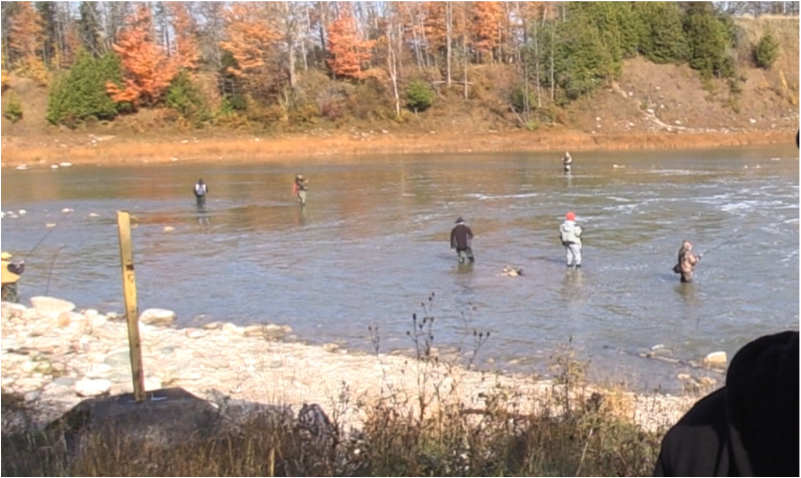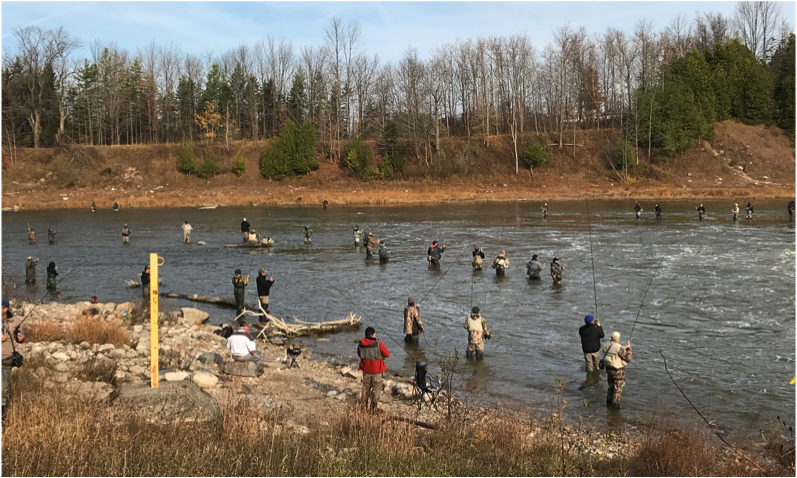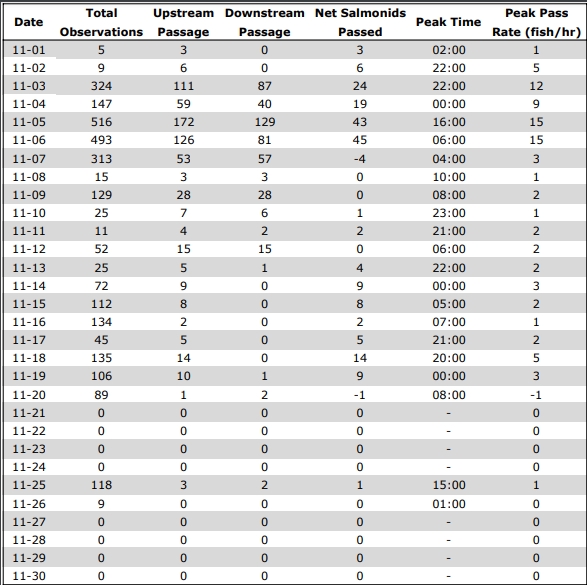The Impact of the COVID-19 Pandemic on a Recreational Rainbow Trout Fishery
There has been a recent flurry of publications describing the potential effects of the COVID-19 pandemic on both commercial and recreational fisheries. As of yet, studies have only provided insights from researchers or industry experts detailing perceived consequences, or from survey data indicating modifications in angler activity levels and behaviours. Using real recreational fisheries data from an ongoing radio telemetry study (2018-present), we explored changes in the relative exploitation rates of rainbow trout (Oncorhynchus mykiss) in the Saugeen River, Ontario, a tributary to Lake Huron, before compared to during the pandemic. Restrictions on site access that affected the implementation of important management activities that usually support this popular fishery are also discussed. During the initial phase of complete public lock-downs imposed during spring 2020, angler exploitation rates decreased to half that reported prior to the pandemic. Fishway operations were temporarily suspended and hatchery efforts were interrupted. Once restrictions began to ease in fall 2020, there was an eight-fold increase in overall exploitation rate and a four and a half-fold increase in harvest rate compared to seasons prior to the pandemic. While the full impact of the ongoing pandemic on the Lake Huron fishery is not likely to be fully realized for several years, the potential effects on future return run sizes may need to be considered by fisheries managers monitoring trends in population escapement.





